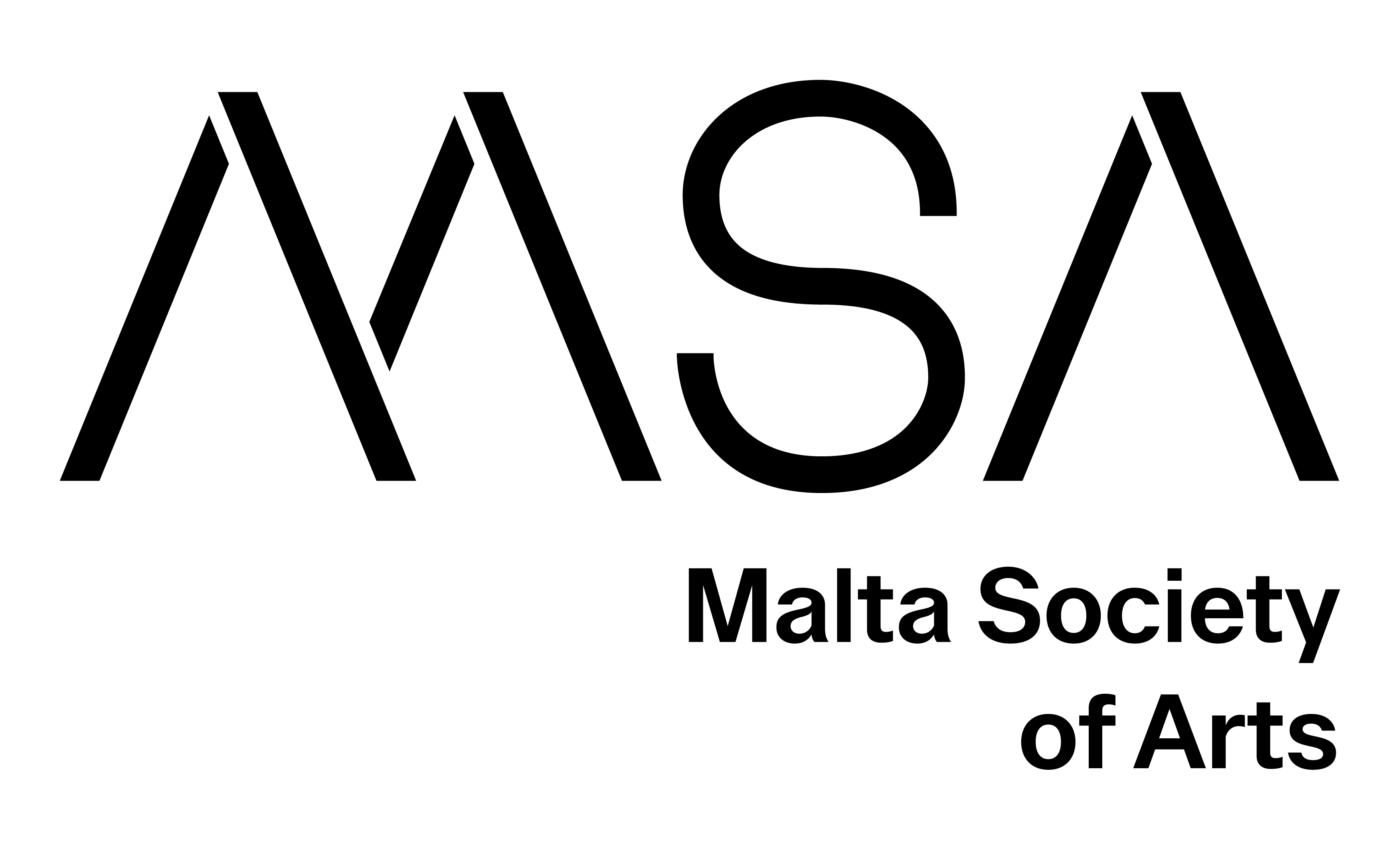Lip colouring has been the most enduring, consistent, and pervasive female beautification practice, imbued with significant ideological meaning. Historically, the use of make-up was not initially associated with gender. From the earliest times of human civilization, decorative face painting served various purposes, including concealment, protection, intimidation, and various ritualistic practices (Hernandez, 2017), some of which have persisted into contemporary societies. The cultural construction of female beauty is grounded in "imagined expectations" and promises (Johnson, 2008) and the beauty industry has vigorously promoted and imposed rigid standards since the mid-nineteenth century. Lipstick, as a symbol of femininity and feminine allure, has been both lauded and condemned throughout civilization's history. Yet, it remains the top-selling beauty product, even during economic crises and wartime.
Similarly, in corresponding binary gender terms, facial hair has been a traditional and distinct signifier of masculinity, permeated with political, economic, and social implications (OldstoneMoore, 2016), and has recently been imposed once more as a fashionable appearance feature, fully supported and promoted by the male beauty industry (Papadima, 2023). The advertising of lipstick, from its earliest print advertisements to the present day, has showcased a plethora of samples that evolve alongside social changes and the successive trends that the fashion industry invents and imposes in order to maintain its viability and profitability. The portrayal of men in lipstick advertising is not a novel concept. What is changing today is their evolving role and their relationship to the product, the portrayal, and the context of men wearing lipstick.
The present study will examine the emerging nature of masculinity in a selected sample of lipstick advertisements using a range of theoretical frameworks, including advertising and gender theories, as well as semiotic analysis. Following the increasing trend towards gender inclusive makeup, the study aims to investigate the contemporary representations of men in lipstick advertisements, along with their relationship to popular culture, and the role of advertising in questioning traditional gender norms, overturning gender taboos, and promoting social change towards gender inclusivity.
Aspasia Papadima is an Associate Professor in the Department of Multimedia and Graphic Arts at Cyprus University of Technology. She is the founder and coordinator of the Language and Graphic Communication Research Lab (www.lgcrl.com). Formerly, she worked as a graphic designer in creative and advertising agencies in Greece and, as an art director in the field of advertising in Cyprus. She works both as a graphic design consultant and a graphic artist. Her design work has been awarded in global competitions and exhibited locally and abroad. Her research interests include typographic and linguistic landscapes—ephemeral design and vernacular typography, and urban graphic language—semiotics, typographic design, and, advertising. Her research work has been presented at conferences worldwide and published in international journals. She is a member of the International Association for Semiotic Studies (IASS-AIS), a member of the Hellenic Semiotic Society and, a member of the Cyprus Association of Graphic Designers and Illustrators (CAGDI).
Back







